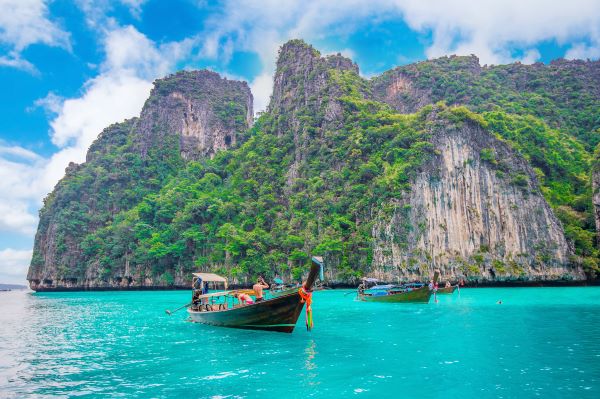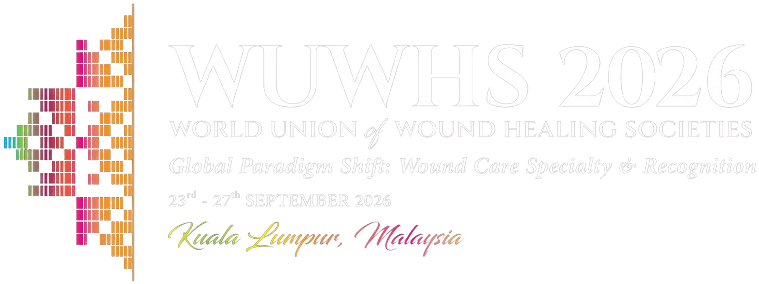Visa & Immigration
-

Getting To Malaysia
Prepare for a stress-free journey by planning ahead! Before embarking on your adventure to the breathtaking country of Malaysia, equip yourself with essential information to ensure a smooth and enjoyable visit.
By Air
Situated in Sepang, Selangor, Kuala Lumpur International Airport Terminal 1 (KLIA) and Terminal 2 (KLIA 2) serve as the central entrance to Malaysia. These two airports, separated by a short distance of only two kilometers, are conveniently located approximately 50 kilometers away from the bustling capital city of Kuala Lumpur. A quick express train ride of 30 minutes connects Terminal 1(KLIA) and Terminal 2 (KLIA 2) to the vibrant hub of KL Sentral.
Opened in 1998, the modern and state-of-the-art Terminal 1 (KLIA) is a major aviation hub in the region, catering to more than 60 airlines and serving over 120 direct destinations and more than 1,000 destinations indirectly.
Ranked as one of the top 10 airports in the world in the latest global airport survey, Airport Service Quality (ASQ), Terminal 1 (KLIA) is also the winner of numerous major international airport awards. Terminal 1 (KLIA) boasts world-class facilities and can accommodate the world’s largest passenger aircraft – the Airbus A380. It also houses a huge variety of international and local retail brands and duty-free outlets, cafés and restaurants, and other facilities such as premium passenger lounges. Terminal 2 (KLIA 2) is the world’s largest low-cost carrier terminal.
Opened in May 2014, it is designed to cater to the exponential growth of low-cost travel in the region. It was also built to replace the Low Cost Carrier Terminal (LCCT).
In addition to Terminal 1(KLIA) and Terminal 2 (KLIA 2), Malaysia boasts a variety of international and domestic airports that connect visitors to destinations across the country. The international airports include Kota Kinabalu, Kuching, Langkawi, and Penang, providing convenient access for international visitors. For domestic travel, there are 16 airports, including Melaka, Sultan Abdul Aziz Shah (Subang), Sultan Abdul Halim Airport (Alor Setar), Sultan Ahmad Shah Airport (Kuantan), Sultan Azlan Shah Airport (Ipoh), Sultan Ismail Petra Airport (Kota Bharu), Sultan Mahmud Airport (Kuala Terengganu)
| Malaysia Airlines | Air Asia |
|---|---|
| Malaysia Airlines, known as MAS, proudly serves as the flag carrier of Malaysia. Website : https://www.malaysiaairlines.com |
AirAsia, a renowned Malaysian low-cost carrier, is known for its extensive network of non-stop flights and partnerships with more than 700 airlines. Website : https://www.airasia.com/en/gb |
By Land
Malaysia welcomes visitors from Singapore, Thailand, Indonesia and Brunei through different entry points for those arriving by road.
| Country | Border |
|---|---|
| Singapore | Johor Bahru |
| Thailand | Kelantan, Perlis, Kedah and Perak |
| Brunei | Sabah & Sarawak |
| Indonesia | Sarawak |
Passports & Visas
Entry Requirements
Before entering Malaysia, there are several requirements that visitors must meet. These include having a valid passport or document, obtaining a visa if necessary, possessing a valid return ticket and enough funds to cover expenses, and ensuring that visitors are not illegal immigrants. Additionally, visitors must fill out the Malaysia Digital Arrival Card (MDAC) 3 days before the departure date. You can visit the website to fill out your Malaysia Digital Arrival Card effortlessly.
Please visit the official portal of the Immigration Department of Malaysia for more details about the entry requirements
Visa
ASEAN nationals, except Myanmar, can enjoy a stay of up to one (1) month without the need for a visa. For stays longer than one month, visas are necessary, except for citizens from Brunei and Singapore.
Malaysia Tourist Visa application can be applied at any nearest Malaysian Embassies and High Commissions Office Abroad. Application can also be made online through the eVISA Portal.
To access the necessary information on Visa requirements for different countries, simply visit the official website of the Immigration Department of Malaysia.

